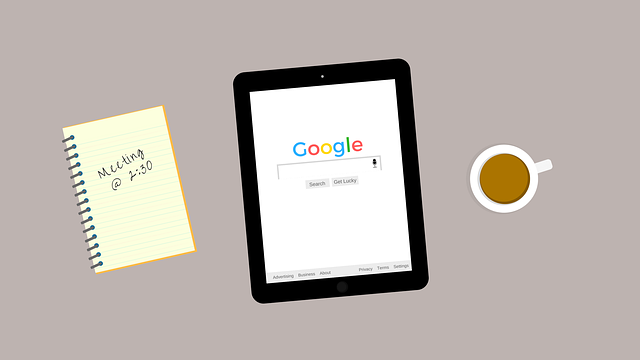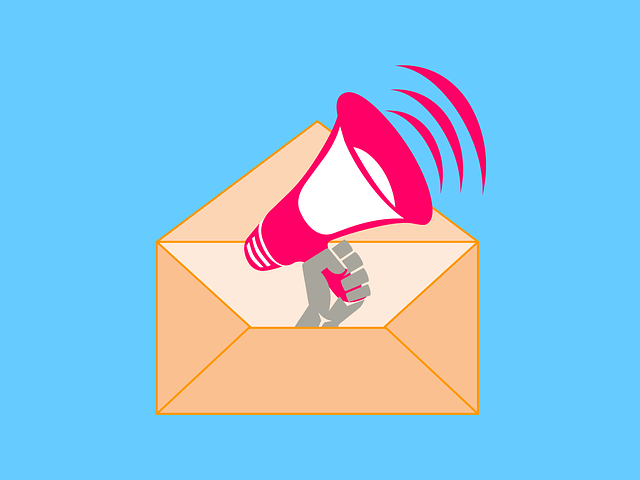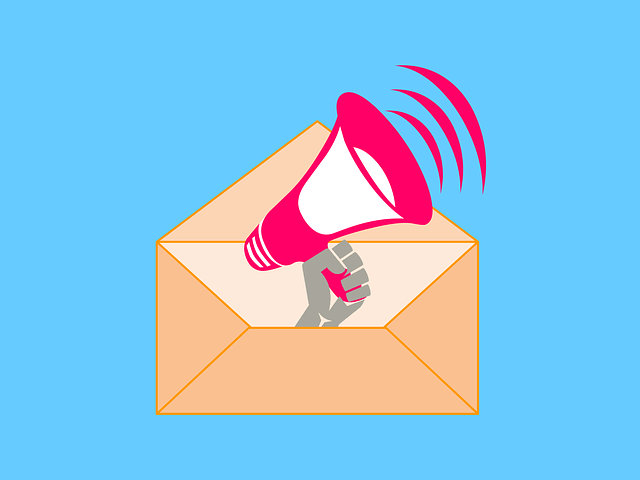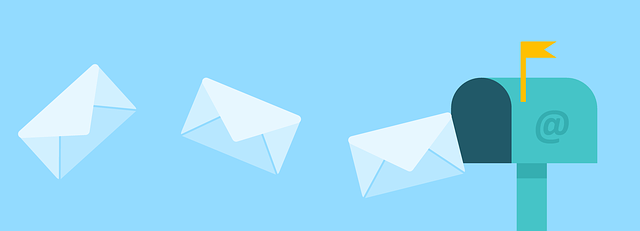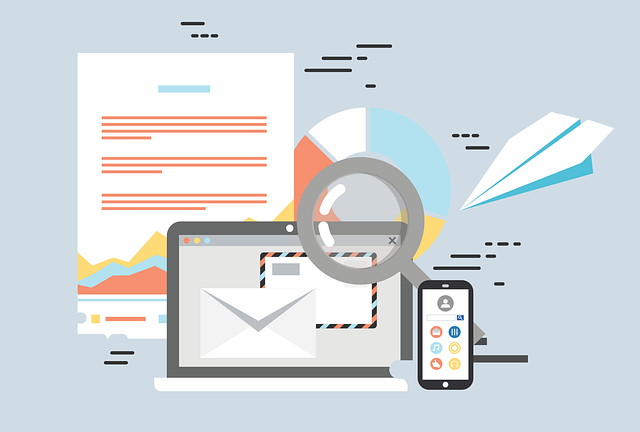Like a well-crafted prescription, effective email marketing in the healthcare industry has the power to engage, inform, and nurture relationships with patients and healthcare professionals. It is a secret weapon that, when used correctly, can significantly boost brand awareness and drive patient engagement.
In this article, we will unveil the secrets of successful email marketing in the healthcare industry, providing you with the knowledge and strategies to effectively connect with your target audience. By understanding the unique needs and preferences of your audience, crafting compelling and relevant content, and ensuring HIPAA compliance, you can build trust and establish yourself as a reliable source of information in the healthcare realm.
Additionally, we will delve into the importance of optimizing email design and layout, analyzing and measuring campaign performance, and building a quality email subscriber list. With these insights and tactics, you will be able to unlock the full potential of email marketing in the healthcare industry, driving positive outcomes for both your patients and your organization.
Key Takeaways
- Understanding the target audience and utilizing patient segmentation is crucial for effective email marketing in the healthcare industry.
- Personalization techniques, such as addressing recipients by name and tailoring messaging, can capture the attention of healthcare professionals and improve patient engagement.
- HIPAA compliance is necessary to protect patient information and maintain trust, requiring secure email infrastructure, encryption measures, and employee training.
- Optimizing email design and layout, incorporating personalized subject lines, and measuring click-through rates are key strategies for enhancing the impact of healthcare email campaigns.
Understanding the Target Audience in the Healthcare Industry
If you want your email marketing to truly make an impact in the healthcare industry, it’s crucial to understand your target audience inside and out.
Patient segmentation is the key to effectively reaching your intended recipients. By dividing your audience into specific groups based on demographics, health conditions, or interests, you can tailor your messaging to meet their individual needs.
Personalized messaging is another essential component of successful email marketing in healthcare. By addressing your recipients by name and customizing the content to their specific health concerns or interests, you can create a more meaningful connection and increase engagement.
Understanding your target audience allows you to craft compelling and relevant email content that will resonate with your recipients, encouraging them to take action and ultimately improve their health outcomes.
Crafting Compelling and Relevant Email Content
Crafting compelling and relevant email content is essential for engaging healthcare professionals. Personalization techniques play a crucial role in capturing their attention and fostering a connection. By tailoring the content to their specific needs, interests, and preferences, you can establish trust and credibility, making them more likely to engage with your emails.
Utilizing email automation can also enhance the effectiveness of your email marketing campaigns in the healthcare industry. Automating processes such as sending personalized follow-up emails or delivering relevant content based on the recipient’s actions can save time and ensure consistent communication. However, it’s important to ensure HIPAA compliance in email marketing to protect patient information and maintain trust.
Transitioning into the subsequent section about ‘ensuring HIPAA compliance in email marketing,’ it’s vital to adopt proper security measures to safeguard sensitive data.
Ensuring HIPAA Compliance in Email Marketing
When it comes to email marketing in the healthcare industry, it’s crucial to understand HIPAA regulations and guidelines. You need to ensure that you’re following the guidelines set forth by the Health Insurance Portability and Accountability Act to protect patient information and maintain their privacy.
Implementing a secure email infrastructure and encryption measures is also essential. This will help safeguard sensitive data and prevent unauthorized access. By adhering to these regulations and implementing necessary security measures, you can confidently engage in email marketing while maintaining HIPAA compliance.
Understanding HIPAA Regulations and Guidelines
To ensure compliance with HIPAA regulations and guidelines, you must be diligent in safeguarding patient information and taking necessary precautions when sending out healthcare-related emails. HIPAA training is essential for all employees who handle patient data, as it educates them on the proper protocols and best practices for protecting sensitive information. Additionally, email deliverability is a crucial aspect of HIPAA compliance. It is important to ensure that the emails you send reach the intended recipients and are not intercepted or accessed by unauthorized individuals. Implementing secure email infrastructure and encryption is necessary to achieve this. By using encryption, you can protect the confidentiality and integrity of patient data during transmission. This will help to maintain HIPAA compliance and safeguard patient privacy. With these measures in place, you can confidently communicate sensitive healthcare information via email. Transitioning to the next section, let’s explore the importance of implementing secure email infrastructure and encryption.
Implementing Secure Email Infrastructure and Encryption
By implementing secure email infrastructure and encryption, you can ensure that sensitive patient information remains confidential and protected during transmission.
Email encryption benefits healthcare organizations by providing an extra layer of security, making it harder for unauthorized individuals to access confidential data. Encryption converts the information into a code that can only be deciphered by the intended recipient, safeguarding patient privacy.
In addition to encryption, implementing two-factor authentication further enhances the security of email communications. Two-factor authentication requires users to provide two forms of identification, such as a password and a unique code sent to their mobile device, before gaining access to their email account. This adds an extra level of protection against unauthorized access.
By implementing these security measures, healthcare organizations can ensure the confidentiality and integrity of patient information.
Now, let’s explore how optimizing email design and layout can further enhance your email marketing strategy in the healthcare industry.
Optimizing Email Design and Layout
Enhancing email design and layout is essential for maximizing the impact of healthcare marketing campaigns. To create engaging emails that stand out in the crowded inbox, consider the following strategies:
-
Personalize your emails: Tailoring your messages to individual recipients can significantly increase open rates and click-through rates. Use dynamic content and merge tags to address recipients by their names and personalize the subject line and email body.
-
Conduct A/B testing: Test different email designs, subject lines, and calls to action to identify what resonates best with your audience. By experimenting with different elements, you can optimize your email design for higher conversion rates.
-
Keep it clean and simple: Use a clean and visually appealing layout that is easy to navigate. Keep paragraphs short, use bullet points, and make sure the email is mobile-friendly. Use high-quality images sparingly to maintain fast loading times.
By implementing these strategies, you can create impactful emails that resonate with your audience, leading to higher engagement and conversion rates.
In the next section, we will delve into analyzing and measuring email campaign performance to further enhance your healthcare marketing efforts.
Analyzing and Measuring Email Campaign Performance
Analyzing and measuring email campaign performance allows healthcare marketers to gain valuable insights and make data-driven decisions to optimize future campaigns.
One interesting statistic is that emails with personalized subject lines have a 26% higher open rate compared to generic subject lines. By analyzing email open rates, marketers can determine the effectiveness of their subject lines and make adjustments to improve engagement.
Similarly, measuring email click-through rates provides insights into the effectiveness of the email content and call-to-action. It helps marketers understand how well their emails are driving recipients to take the desired action, such as visiting a website or scheduling an appointment.
These metrics allow healthcare marketers to identify areas of improvement and refine their email marketing strategies. Moving forward, building and growing a quality email subscriber list is essential for maximizing the impact of healthcare email campaigns.
Building and Growing a Quality Email Subscriber List
Are you looking to build and grow a quality email subscriber list for your healthcare business?
Encouraging opt-ins and subscriptions is a key strategy to attract interested individuals who want to stay informed about your services.
By utilizing social media and integrating your website, you can reach a larger audience and make it easy for them to sign up for your email updates.
Don’t miss out on the opportunity to engage with potential customers and build meaningful relationships through effective email marketing.
Encouraging Opt-ins and Subscriptions
Boost your email marketing success in the healthcare industry by inspiring your audience to opt-in and subscribe, creating a vibrant network of engaged subscribers. Building trust is crucial in encouraging opt-ins and subscriptions.
To do this, provide valuable content that demonstrates your expertise and builds credibility. Share informative articles, expert opinions, and helpful tips that showcase your industry knowledge. Offer exclusive benefits, such as discounts on services or access to special events, to incentivize sign-ups.
Personalize your emails to make subscribers feel valued and connected. By tailoring content to their interests and preferences, you can increase engagement and foster a sense of belonging.
Incorporating social media and website integration allows you to seamlessly connect with your audience across platforms. Utilize these tools to expand your reach and continue building strong relationships with your subscribers.
Utilizing Social Media and Website Integration
Now that you’ve successfully encouraged opt-ins and subscriptions, it’s time to take your email marketing strategy in the healthcare industry to the next level. One way to do this is by utilizing social media and website integration.
Social media engagement is a powerful tool that allows you to reach a wider audience and connect with potential subscribers. By actively engaging with your followers on platforms like Facebook, Twitter, and Instagram, you can create a sense of community and build trust.
Additionally, integrating your website with your email marketing efforts can help drive traffic and increase conversions. By strategically placing opt-in forms and call-to-action buttons on your website, you can capture the attention of visitors and encourage them to subscribe to your emails.
Don’t underestimate the power of social media and website integration in boosting the effectiveness of your email marketing campaigns in the healthcare industry.
Frequently Asked Questions
What are some effective strategies for segmenting the target audience in the healthcare industry?
To effectively segment your target audience in the healthcare industry, you can use various segmentation techniques.
Start by analyzing demographic factors such as age, gender, and location.
Next, consider psychographic factors like interests, values, and attitudes.
By understanding your audience’s characteristics, you can create targeted messaging that resonates with their needs and preferences.
This personalized approach will increase engagement and drive better results in your email marketing campaigns.
How can healthcare marketers create personalized and engaging email content for different segments of their audience?
To create personalized and engaging email content for different segments of your audience, healthcare marketers should prioritize email personalization and audience engagement.
Tailor your content to each segment’s specific needs and interests, using their demographics, preferences, and behaviors as a guide.
Incorporate relevant information and use a conversational tone to make your emails feel like a friendly conversation.
By doing so, you can build trust, connect with your audience, and increase the effectiveness of your email marketing efforts.
What are the key considerations for ensuring HIPAA compliance in email marketing campaigns?
To ensure HIPAA compliance in your email marketing campaigns, there are a few key considerations you need to keep in mind.
First, understand the HIPAA compliance challenges specific to email marketing, such as protecting patient information and maintaining secure email systems.
Second, provide HIPAA training for healthcare marketers to ensure they understand the regulations and guidelines.
By implementing these measures, you can ensure that your email marketing campaigns are both effective and compliant with HIPAA regulations.
Are there any specific design elements or best practices that can enhance the effectiveness of healthcare email campaigns?
To enhance the effectiveness of healthcare email campaigns, focus on design elements and optimization techniques.
One interesting statistic: emails with personalized subject lines have a 26% higher open rate.
Use visually appealing and mobile-friendly templates, keeping the layout clean and easy to navigate.
Incorporate eye-catching images, engaging headlines, and concise yet informative content.
Optimize the email for quick loading times and make sure the call-to-action is clear and compelling.
Test different designs and track metrics to continuously improve campaign performance.
What are some important metrics and tools for measuring the success of email marketing campaigns in the healthcare industry?
To measure the success of your healthcare email marketing campaigns, it’s crucial to utilize email marketing analytics and software. These tools provide valuable insights into key metrics such as open rates, click-through rates, and conversion rates.
With email marketing analytics, you can track the effectiveness of your campaigns, identify areas for improvement, and optimize your strategies accordingly.
By leveraging email marketing software, you can automate processes, personalize content, and enhance engagement with your target audience. This ultimately drives better results for your healthcare organization.
Conclusion
In conclusion, you now possess the knowledge to unlock the secrets of effective email marketing in the healthcare industry.
By understanding your target audience and crafting compelling content, you can engage and connect with your recipients on a deeper level.
Remember to prioritize HIPAA compliance to ensure confidentiality and trust.
Optimize your email design and layout to enhance the user experience.
Lastly, analyze and measure your email campaign performance to continuously improve your strategies.
As the wise adage goes, ‘Knowledge is power.’ Utilize these strategies to build and grow a quality email subscriber list, and watch your healthcare marketing efforts flourish.

